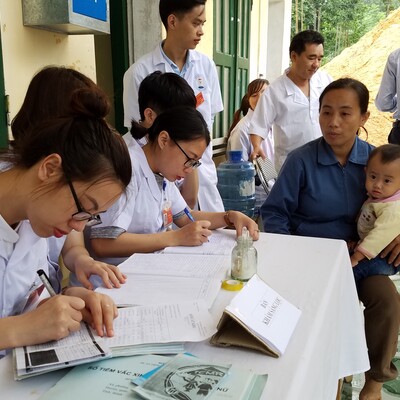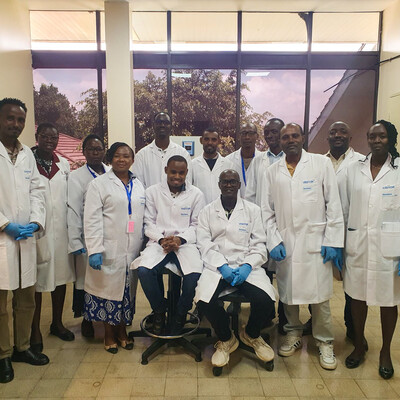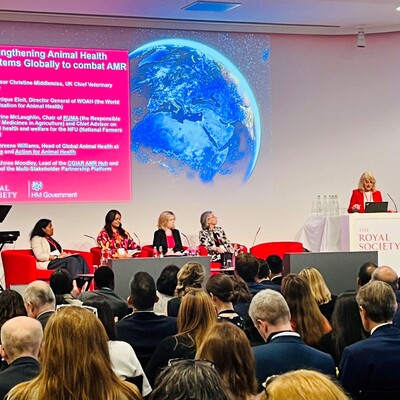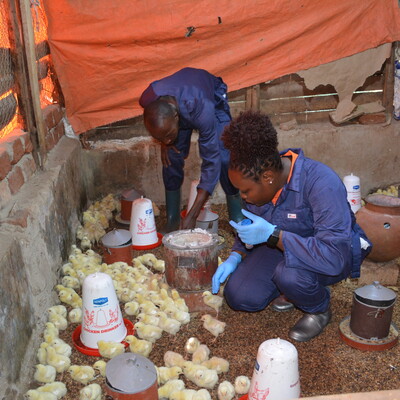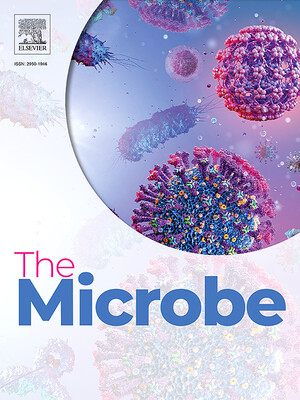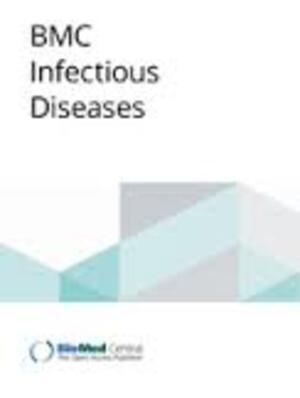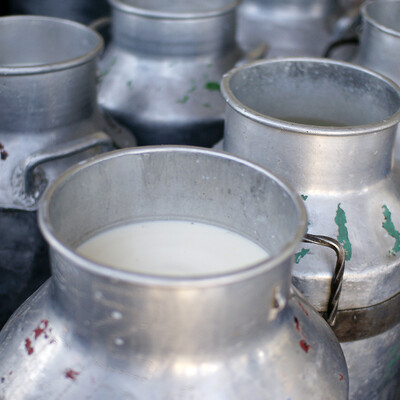
Antimicrobial resistance in agriculture – the impact of WASH and biosecurity
Contaminated environments act as reservoirs for antimicrobial-resistant pathogens, including the mobile genetic elements they carry - resistant genes, creating a transmission cycle of pathogens and their resistant genes between humans, animals and the environment.
A recent systematic literature review published in the Lancet Planetary Health, led by the U.K based London School of Hygiene & Tropical Medicine in collaboration with the International Livestock Research Institute (ILRI), University of Berkley and McMaster University, assessed the collective relevance of water, sanitation and hygiene (WASH) and biosecurity interventions to address antimicrobial resistance (AMR) in agricultural settings. The review also looked at the impact of these interventions on reducing the burden of infection, antibiotic use, and antibiotic resistance in both livestock and aquaculture production systems in high- and low- income countries.
The review provided novel insights for combined interventions at the interfaces between animals, humans and the environment. Effective interventions in waste management have been shown to reduce antibiotic-resistant genes in animal manure, while implementing farm-specific biosecurity protocols reduced antibiotic use, suggesting that these types of interventions could be explored further.
The review curated evidence for the impact of WASH and biosecurity interventions in animal agricultural settings and highlights the relevance of ensuring that animal faeces and biowaste are addressed jointly when aiming to reduce antimicrobial use, microbial loads and antimicrobial resistance (AMR).
Chris Pinto, the lead author of the study at LSHTM, says, ‘We all know how important it is to prevent infections, and the need to reduce the burden of AMR. However, understanding the best way to do this in settings where people live and work closely with animals isn’t as clear. ‘This paper brings together for the first time the evidence from across studies of interventions in animals (biosecurity) and in humans (WASH) that can prevent infections in agricultural settings, thus providing a guide to the potential benefits of different types of interventions and gaps in the evidence base.’
Application of a One Health approach to AMR, which is a global health priority, is crucial, and as stated in the Global Action Plan on AMR, multiple actions need to be taken to reduce the threat of AMR. One of these areas includes reducing antibiotic use by minimizing infection incidence through effective sanitation, hygiene and infection prevention measures.
Arshnee Moodley, ILRI scientist, CGIAR AMR Hub Team Lead and a co-author of the study, says, ‘this paper provides invaluable insights, and we plan to use this information to help design our interventions to fit our farming context. For example, one of the major outputs from the AMR work package in the CGIAR One Health Initiative is to collect evidence on the costs and benefits of on-farm reduction of antibiotic use on poultry farms in Kenya and VietNam, and aquaculture in Bangladesh.’
She adds, ‘The team of scientists from multiple CGIAR centres aim to measure, under natural field conditions, the impact of possible antibiotic reducing interventions on animal productivity, farmer profits and livelihoods in production systems facing challenges where farmers have limited resources and fear production losses.’
While people living and working with small-scale production systems in low- and middle-income countries would be beneficiaries of WASH and biosecurity combined interventions, national governments would aim to benefit from such evidence in the development of investment strategies and policies to control AMR in the agricultural sector. The public health sector needs to consider that microorganisms important for animals are equally important for human health as they could be a source of resistant genes.
Read the full paper HERE







